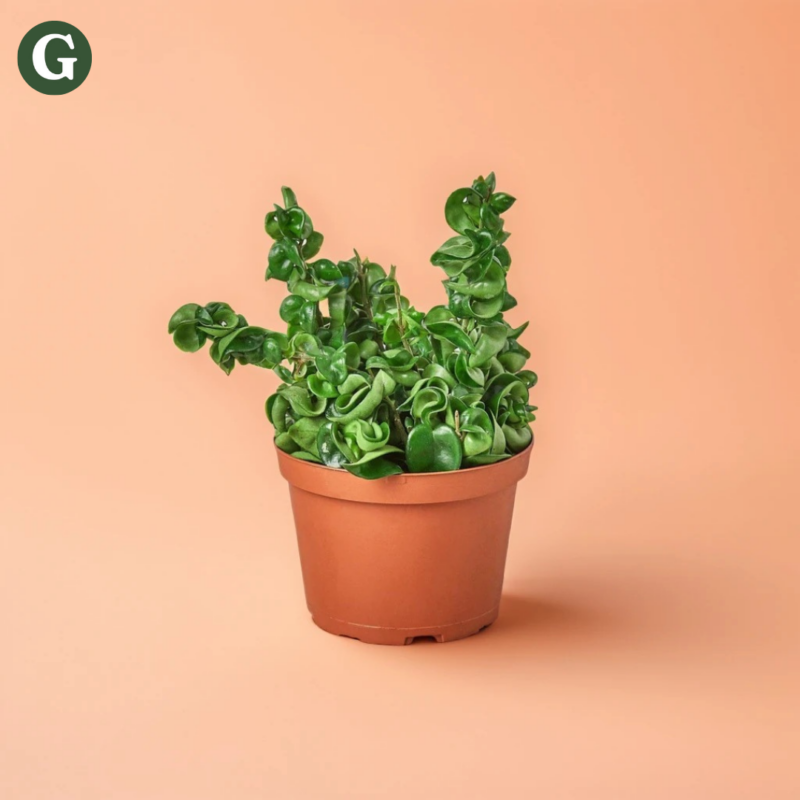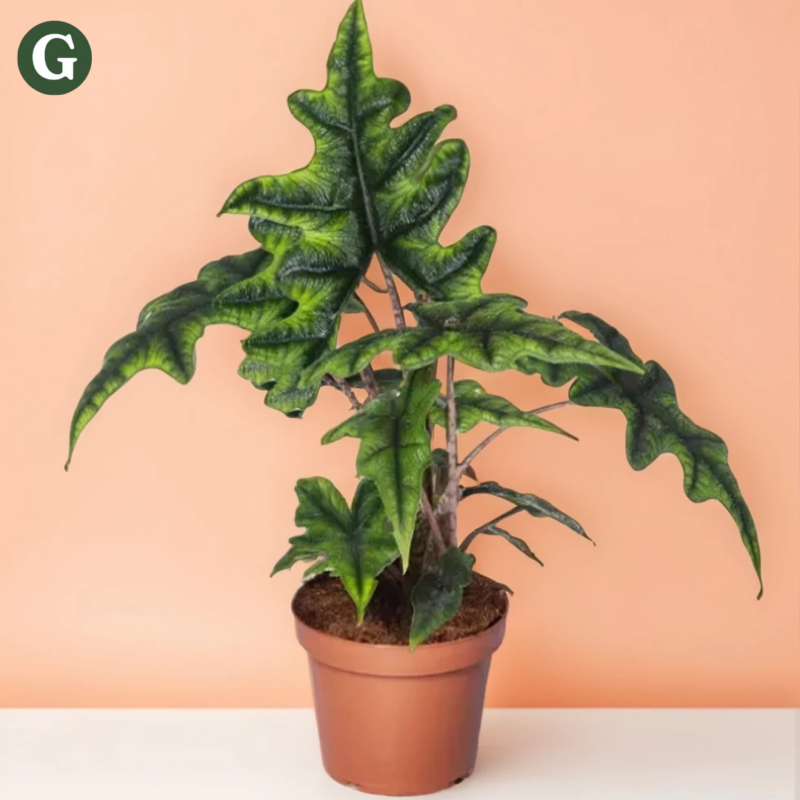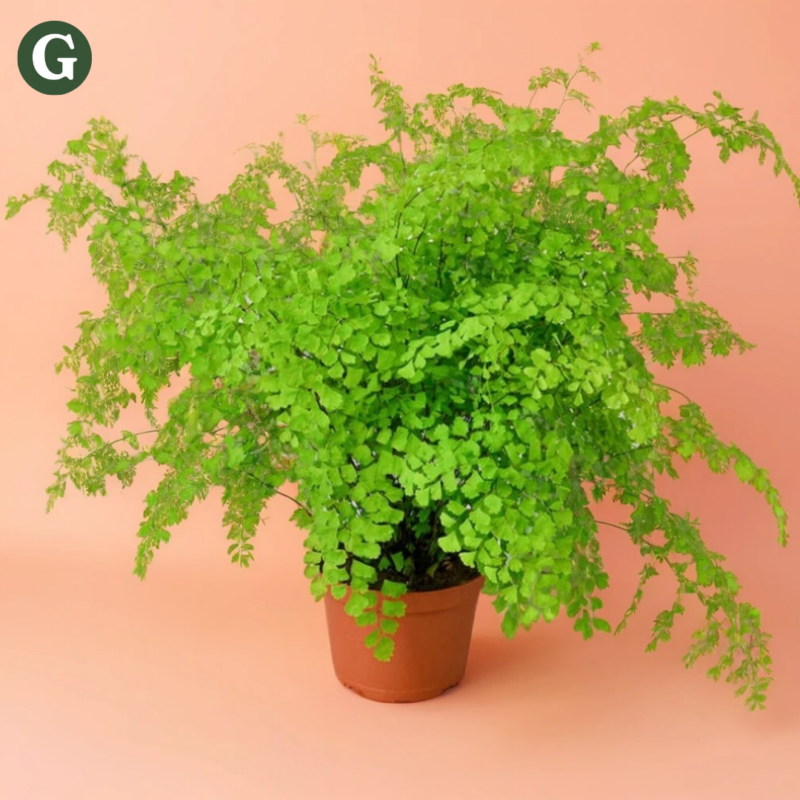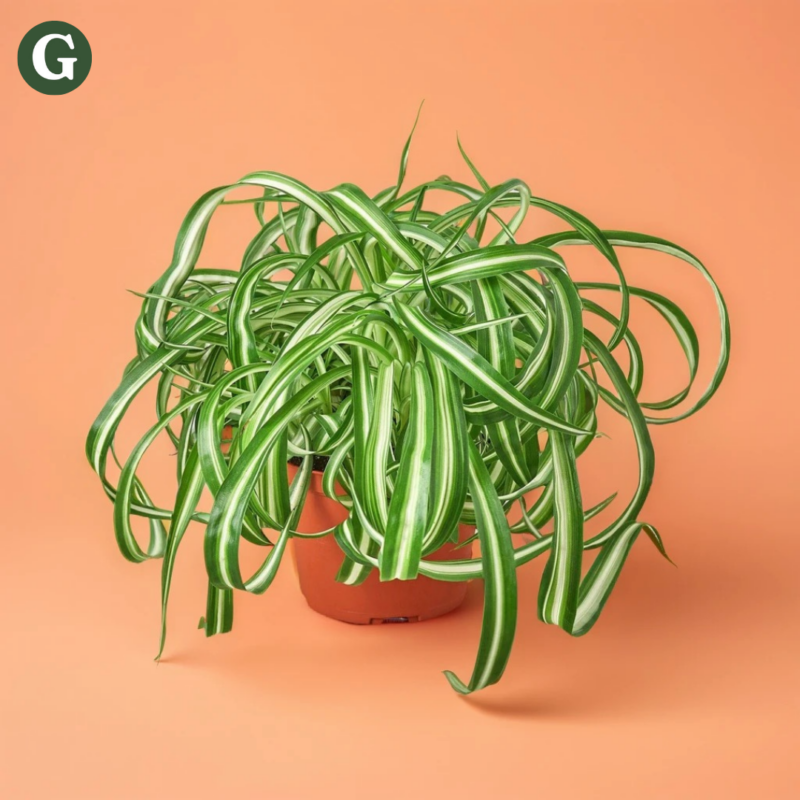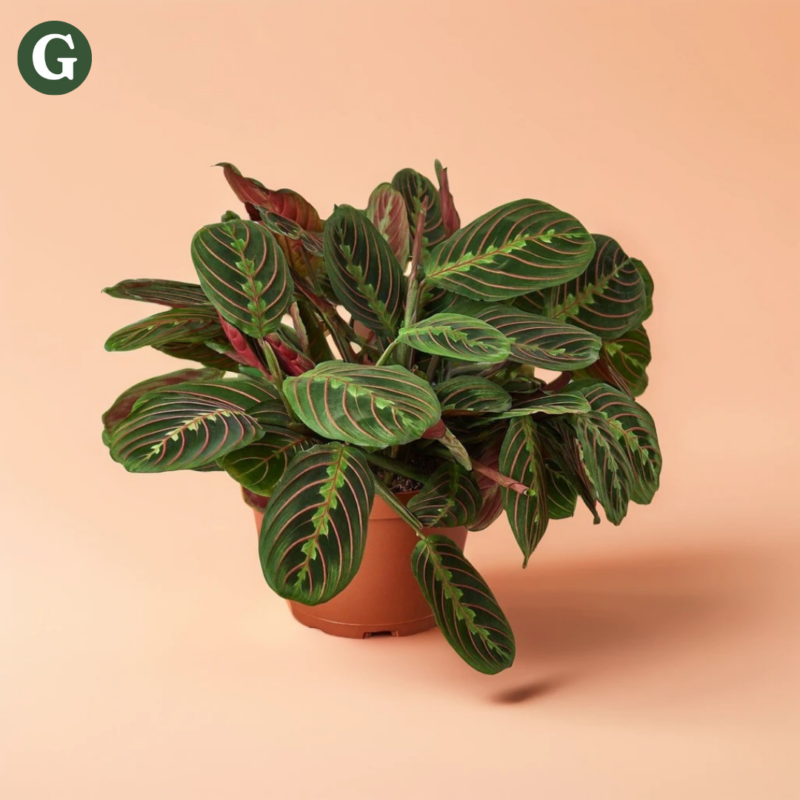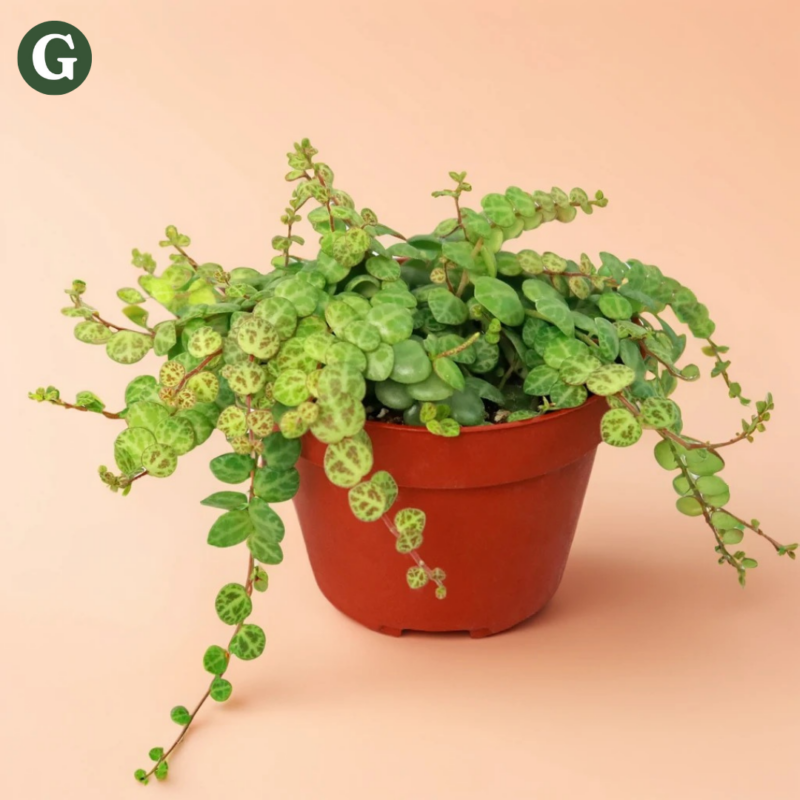Philodendron Billietiae
Botanical Name: Philodendron 'Billietiae'
Common Name(s): Billietiae Philodendron
Philodendron Billietiae is a striking and unique variety known for its large, elongated, lance-shaped leaves that feature bold color contrasts. The leaves are deep green with yellow or orange veining, which gives them a dramatic and exotic look. This variety can grow to a height of 3-6 feet in optimal conditions, making it perfect for larger spaces or as a statement plant in a well-lit room.
Billietiae Philodendron thrives in bright, indirect light, which enhances its vibrant color and encourages healthy growth. It prefers well-draining, slightly acidic soil and should be watered when the top inch of soil is dry to the touch. Overwatering can lead to root rot, so it’s important to let the soil dry out between waterings. High humidity and warmth are ideal conditions for this tropical plant, and it will benefit from increased moisture in the air.
Air Purifying Qualities:
- Toxin Removal: Philodendron Billietiae is effective at removing indoor toxins such as formaldehyde, benzene, and xylene, improving the air quality in your home.
- Oxygen Production: Like other Philodendrons, it absorbs carbon dioxide and releases oxygen, helping to create a fresher and cleaner indoor environment.
- Humidity Regulation: Billietiae also helps to maintain indoor humidity by releasing moisture through transpiration, which can improve comfort, particularly in dry environments.
Note: Philodendron Billietiae is toxic to pets (cats and dogs) if ingested, so it should be kept out of reach of curious animals. Always monitor pets to ensure they don’t chew on the leaves.
Care Insights & Expert Tips
- Fertilize regularly: Feed your plant with a balanced liquid fertilizer diluted to half strength every 4 weeks during the spring and summer season.
- Monitor for pests: Keep an eye out for common houseplant pests like mealybugs and spider mites. Treat infestations promptly with insecticidal soap or neem oil.
- Be patient: Philodendron plants are slow growers, so don't be discouraged if it doesn't grow rapidly.
- Provide support: As the plant grows, it may require a moss pole or trellis to support its vining growth.
Visit our plant care library
Find essential tips to keep your plants thriving, vibrant, and healthy.
